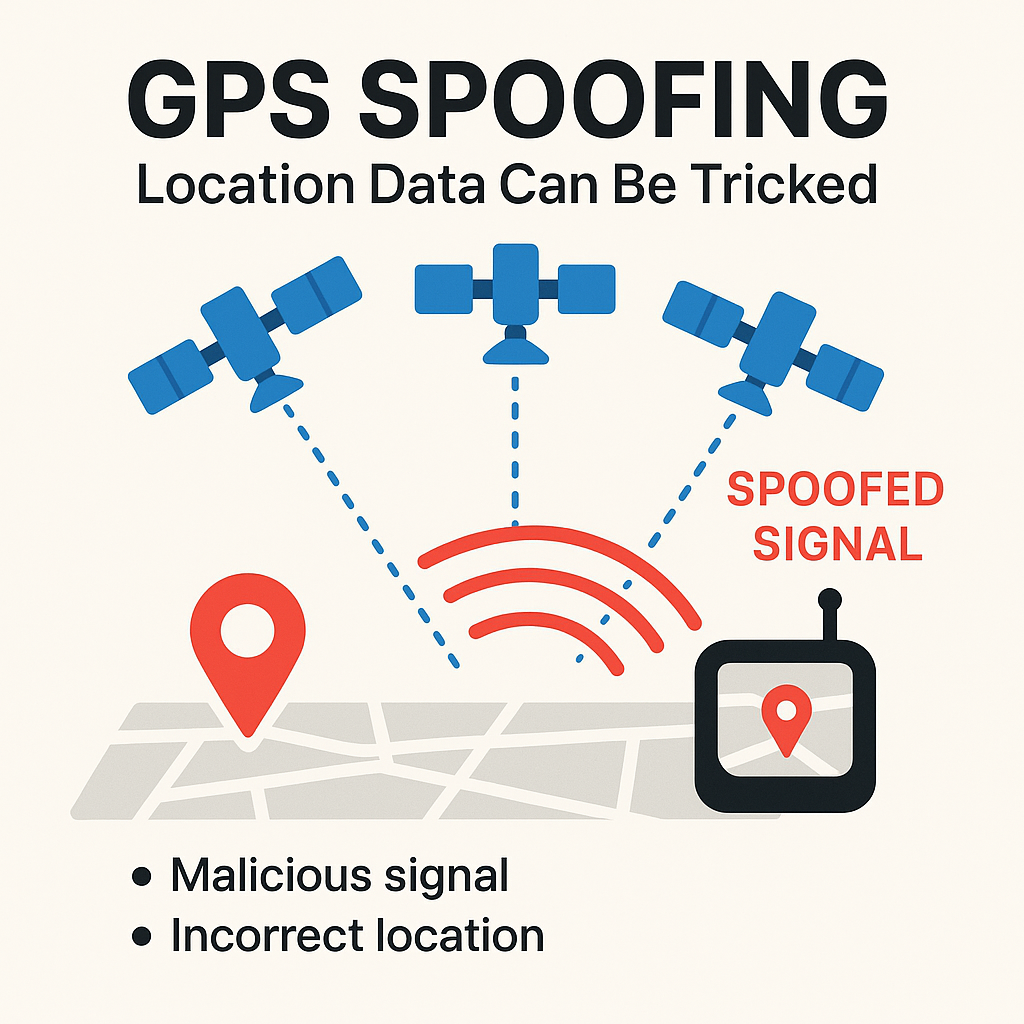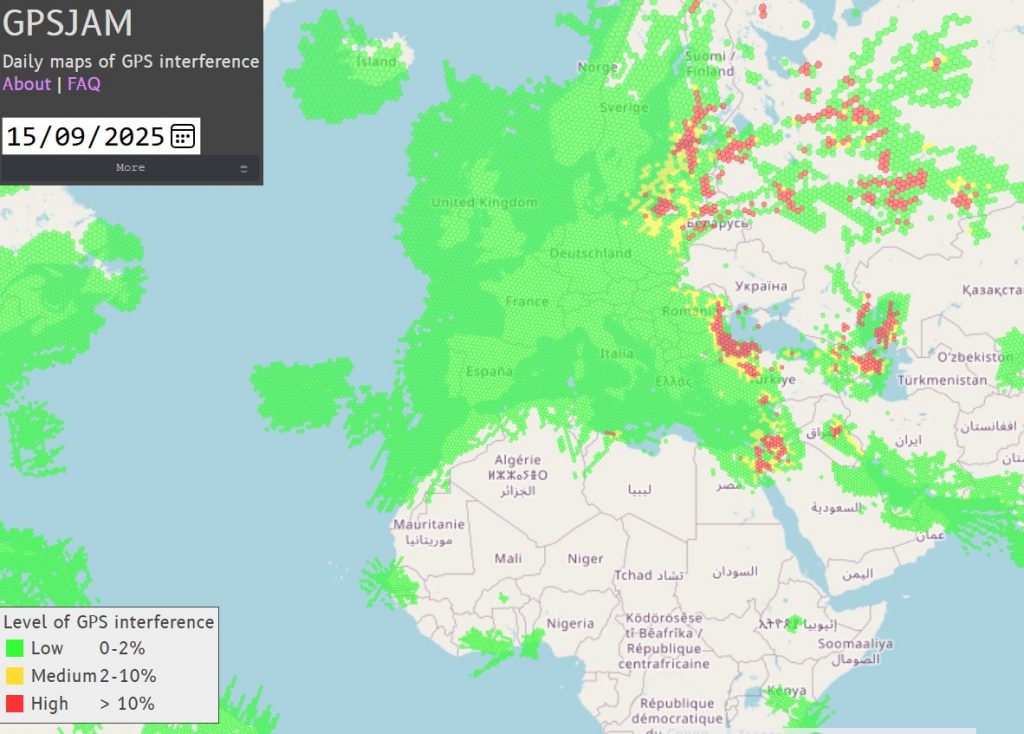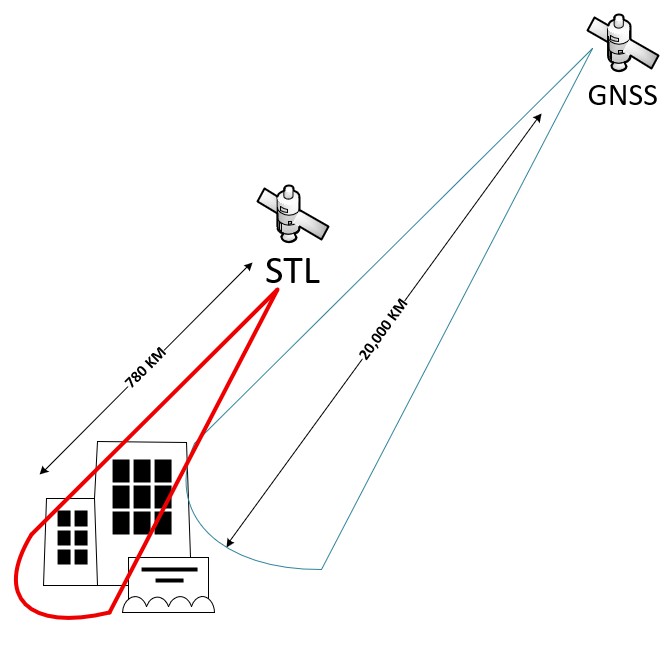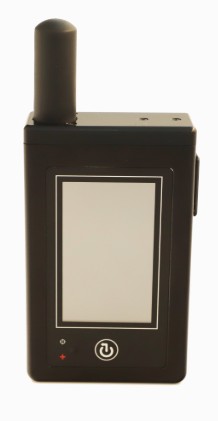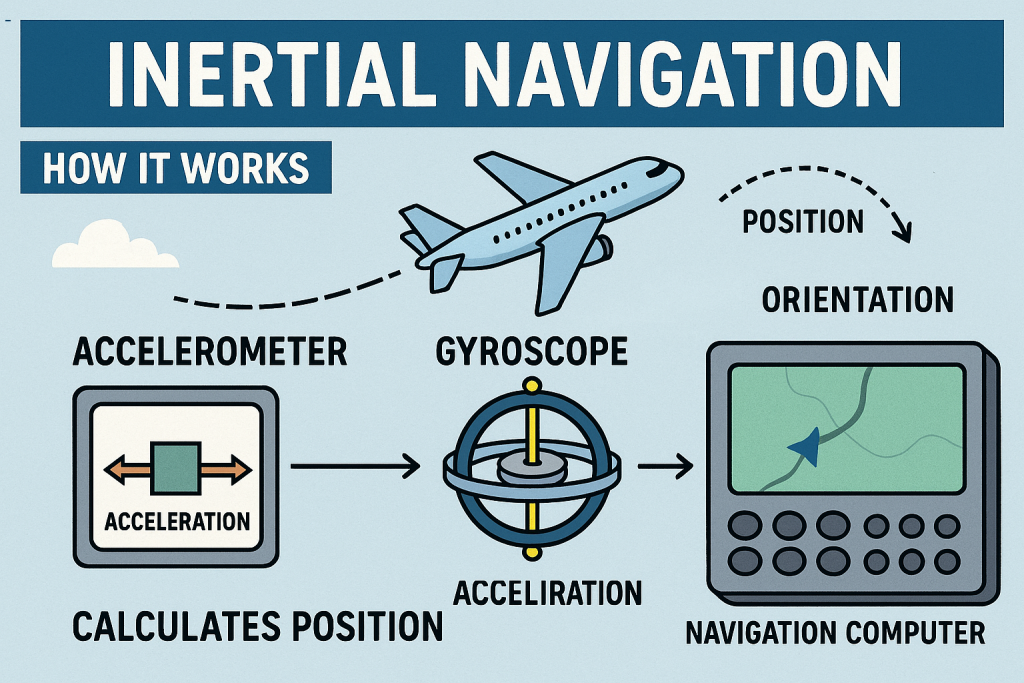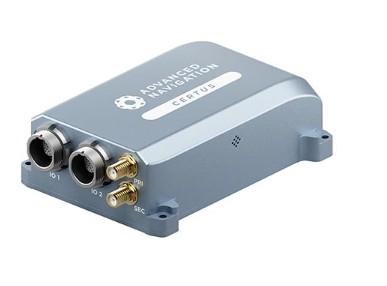In a previous blog article, I discussed the impact of GNSS jamming and how it can affect field operations for humanitarian workers. I am revisiting this topic now as I have some more information to share about peoples concerns regarding the impact on two specific sectors, Humanitarian Aid and the Maritime Industry.
As Spoofing and Jamming of GNSS systems increase, there is some good news about emerging technologies which are designed to mitigate this risk.
But first, lets look more closely at what GNSS Spoofing and Jamming is, and decode some of the many acronyms frequently used in this subject!
GNSS – Global Navigation Satellite System: A collective term used to describe most satellite-based navigation systems such as GLONASS (Russia), Galileo (Europe), Baidu (China) and the well-established Global Positioning System (GPS) from the USA.
Satnav: Can be any device which has a GNSS receiver and a map display within the same unit. Examples include TomTom devices in cars and Google Maps used on a mobile phone.
PNT – Position, Navigation and Timing: PNT is a term that recognises that GNSS technology is not only used to locate assets/people or navigate. This technology also provides an important role in telecommunications, banking and other critical services by providing accurate timing.
GNSS Jamming: Jamming navigation systems is not new, but incidents have rapidly increased in recent years. Currently jamming is a permanent feature in places such as Palestine and Ukraine where military units jam GNSS signals to disrupt weapon systems as part of ongoing warfare.
The gpsjam.org website uses data from the aviation industry to create online maps showing where jamming is taking place. Coverage is limited to busy flight path areas as data comes from information gathered by commercial airlines. This leads to large areas of the world such as Africa where any GNSS jamming remains unseen.
In addition to war zones, there have been reports frequent jamming in and around Norway. Media organisations have alleged that Russia is responsible for targeting civilian aircraft and disrupting their GNSS systems. In September 2025, the BBC reported that the aircraft carrying the President of the EU was deliberately targeted with GNSS jamming!
GNSS Spoofing: Spoofing is sinister as it is localised and often targeted at specific targets often by criminals.
Unlike Jamming, Spoofing is different as not only does it block signals from satellites, but a stronger signal is transmitted to make GNSS systems display false a location.
Spoofing is localised and occurs at sea and on land. Typically, when a ship or truck is targeted by criminals using spoofing, the false location displayed can cause the truck driver or ships crew to deviate from a planned route to a place where criminals can attack or hijack the truck or ship.
Maritime concerns
On board commercial ships and leisure yachts, electronic navigation has been widely adopted. Traditionally, navigators have always taken a cautious approach to navigation by utilising multiple sources to establish their location.
As more people have adopted electronic navigation systems, some people have become complacent and stopped using paper based navigational charts completely. As a result of this trend, some suppliers have completely stopped producing paper charts. As a cautious navigator myself, this worries me as the reliance on a single device is a single point of failure. The move to electronic charts has led to the withdrawal of paper charts by some suppliers.
In a leisure boating Facebook chat group, some people have been expressing concerns about GPS jamming as many electronic charting systems do not have the functionality to enable a navigator to plot three visual bearings on a screen. I still retain paper charts on my boat just in case my electronic navigation fails for any reason. If paper charts are completely withdrawn from the market, electronic navigation systems will have to evolve to allow navigators to utilise non-GNSS methods to be able to navigate safely if GNSS jamming is taking place.
New Technology
Iridium states that the accuracy of the STL system is around 25m for horizontal positioning. Whilst not as accurate as the higher end GNSS systems, 25m accuracy is good enough for safe navigation in most situations.
Let’s take a closer look at what makes Iridium STL resistant to jamming and spoofing –
- First, the Low Earth Orbit (LEO) of the Iridium satellite constellation ensures that signals are 1000 times stronger than signals from GNSS satellites. However, there is always the risk that aggressors will manufacture even more powerful jamming technologies.
- Second, Iridium STL uses secure authentication methods so that receiving equipment can determine if signals are genuine. This approach acts as a very strong defence against spoofing.
The Iridium SLT service is now live in the USA and EU and will eventually be a global service. New receivers are emerging on the market, but pricing for the STL service and hardware is not currently available (September 2025).
The NAL Shout Nano 500 will be one of the first devices designed for the market. This portable tracking device which normally uses GNSS as a primary method for location. When spoofing or Jamming takes place, the system will switch to STL mode.
Subscription based: Unlike GNSS systems, Iridium STL is not a free service. STL will be subscription based with three levels of service available. Pricing for each level is not yet in the public domain.
Low-cost plan: Designed for organisations that just need the timing such as telecoms networks and data centres.
Medium cost plan: Designed for assets like shipping containers. Positioning will be regular but not live.
Higher cost plan: Real time positioning for tracking systems.
Iridium STL is emerging technology, and in the months ahead, we should see this technology being incorporated into more products. More information including pricing should appear soon. Please monitor www.iec-telecom.com for new Iridium STL products and services as they are launched.
Inertial Navigation systems (INS)
As a technology, INS is not new. Its pre-dates GNSS by decades and was one of the primary technologies used on board aircraft for positioning.
INS is also used widely at sea, especially in submarines. (typically named Ships Inertial Navigation System or SINS)
In a nutshell, INS is basically a technology which measures acceleration in three planes (vertical, East/West and North/South). Acceleration when combined with an accurate time source can be used to calculate speed and ultimately location (based on distance moved from a defined start point).
In the 1980s. SINS technology was expensive and large. Today, INS modules are much smaller and can be added to navigations systems as another tool to validate location information data produced by GNSS.
Typically, GNSS will be used as primary method for navigation with the INS module being updated constantly. When the GNSS signal is lost, INS can take over and keep location up to date.
When spoofing is taking place, the navigation system will notice differences between the acceleration data measured and the acceleration that should be felt based on the spoofed GNSS signals. When this occurs, the navigation system will switch to INS as a primary source and alert the user that spoofing may be taking place.
Conclusion
Electronic navigation has become an essential technology for many industries. At sea, navigators can get from A to B safely and on land, humanitarian organisations can keep their staff safe using personal tracking systems. GNSS jamming and Spoofing is now a huge risk, so new technology is needed to mitigate this risk.
The Iridium STL service is a strong tool to combat spoofing, and whilst it can overcome jamming due to stronger signals, it may not be too long before stronger jammers can block STL.
INS is not as accurate as Iridium STL but can still enable a navigation system to operate at a reduced capacity when jamming or spoofing is taking place.

